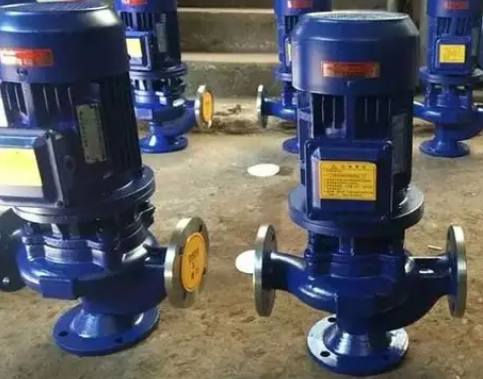Sewage Pump Pipeline Design and Optimization
Regarding "Sewage Pump Pipeline Design and Optimization", here are some key information and suggestions:
1. Design Principles
Overall considerations: Based on the overall urban planning, environmental protection requirements, existing drainage facilities, water environment capacity, terrain, climate conditions, etc., comprehensive considerations should be made from the overall perspective.
Environmental protection: When determining the urban drainage system, the principle of protecting the environment and reducing project investment should be followed, while considering the feasibility and operability of the project, and striving to achieve the unity of environmental benefits, social benefits and economic benefits.
2. Design steps
Delineate drainage areas: According to urban terrain and urban road planning, the area can generally be divided according to the location of the sewage treatment plant or the location of the rainwater outlet. In flat areas, the design service area can be evenly divided. If there is terrain that can be used, the drainage area can be divided according to the watershed line.
Pipeline alignment: Reasonably divide the sewage zone according to the topography and water system distribution, and optimize the drainage pipeline design through hydraulic calculation to make the sewage network layout reasonable.
3. Optimization strategy
Reduce the pipeline burial depth: The greater the pipeline burial depth, the higher the cost and the more difficult the construction. Therefore, under the premise of meeting the constraints of the design flow rate, choosing a design flow rate as small as possible can reduce the slope and burial depth of the pipeline, thereby reducing the cost of the project.
Optimize pipeline materials: Choosing suitable materials can improve the performance and service life of the drainage system. For example, reinforced concrete pipes are easy to manufacture and can be made into pressure-free pipes, low-pressure pipes, prestressed pipes, etc. according to different pressure resistance requirements; while new materials such as HDPE pipes have the advantages of reliable connection, corrosion resistance, high toughness, and good elasticity.
Reasonable determination of pipe diameter: Under the premise of meeting various constraints of the sewage pipe network, selecting a pipe diameter as close to the maximum fullness as possible can reduce the cost of pipes and other projects, while reducing the slope and burial depth of the pipe bottom.
4. Other considerations
Strengthen pipe strength: For areas with large ground slopes or high-intensity loads, the strength of the pipe should be strengthened to ensure the safety of the pipeline system.
Set up inspection wells: Setting up inspection wells in the pipeline system can facilitate later maintenance and maintenance.

Consider future expansion: The optimized design model should also consider possible future expansion and upgrade needs to ensure the continued effectiveness of the drainage system.
In summary, sewage pump pipeline design and optimization is a complex and important process, which requires comprehensive consideration of multiple factors and the adoption of corresponding optimization strategies to ensure the stability and economy of the system.




